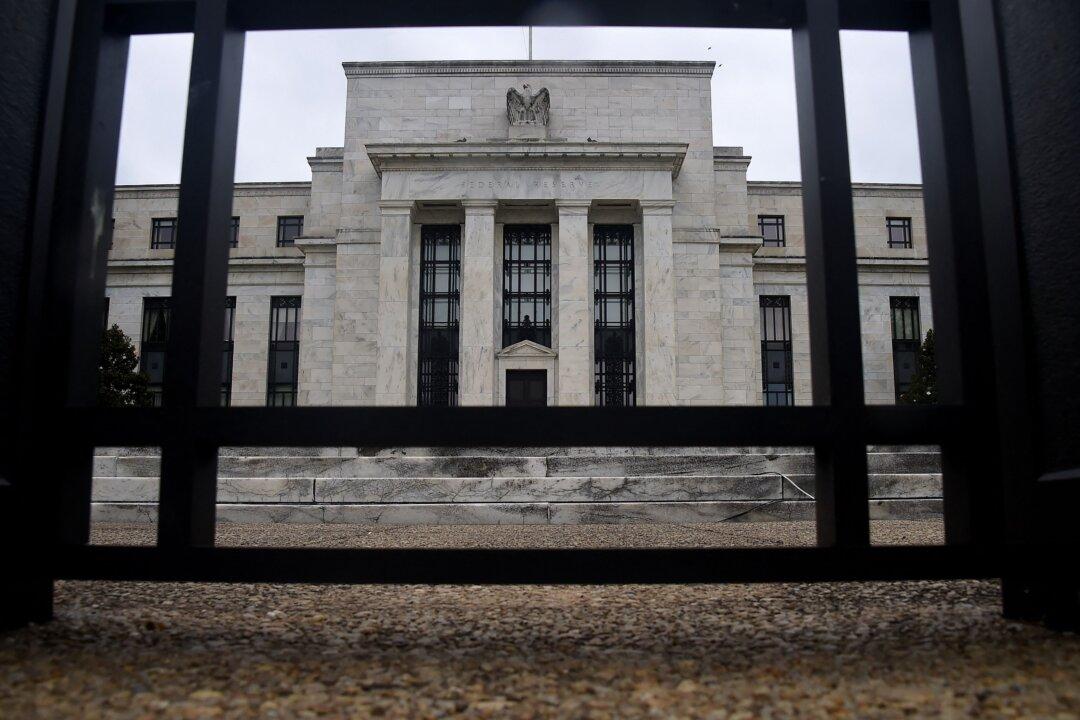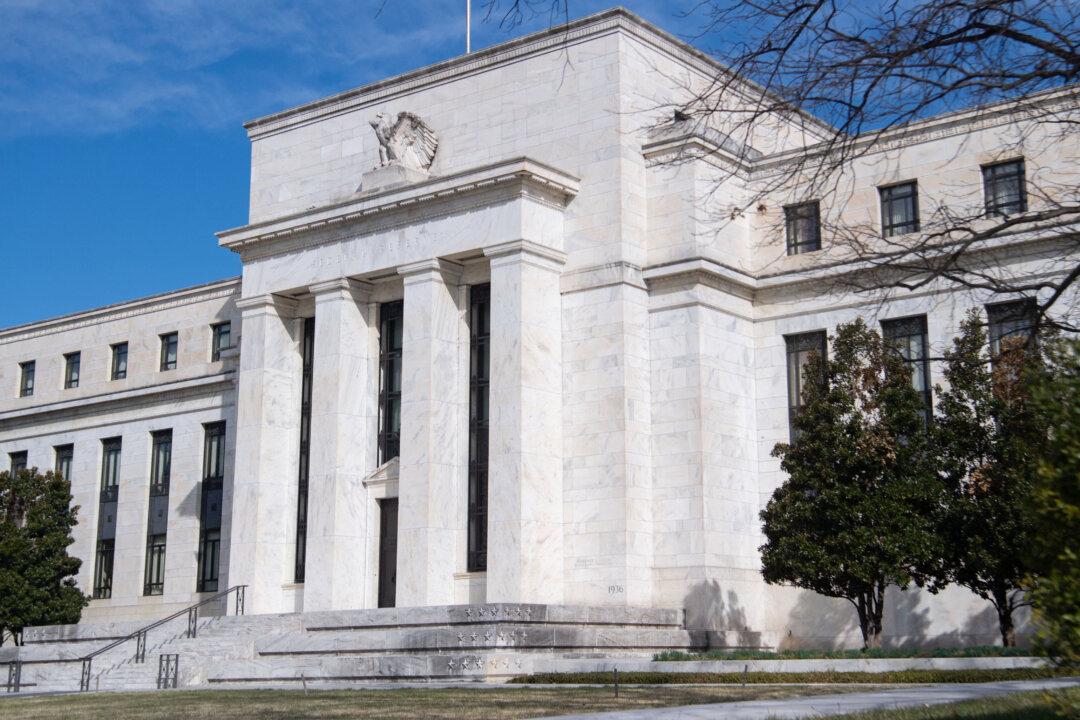Commentary
In the United States, consumer spending is increasing not from a rise in income but from a rise in consumer debt. Last November, consumer spending financed by new debt rose at an annual rate of 7.1 percent, which exceeds the 4.8 percent annual growth in average hourly earnings for the month.




